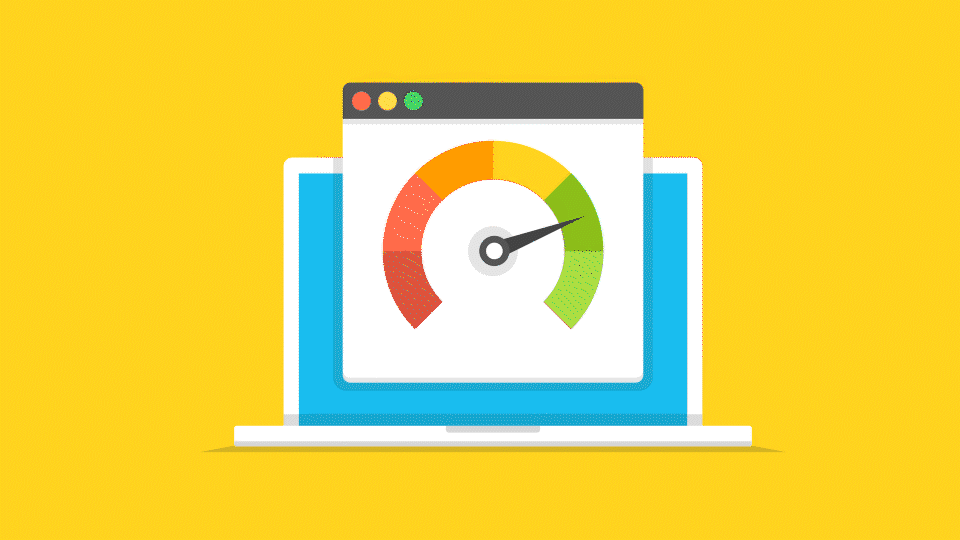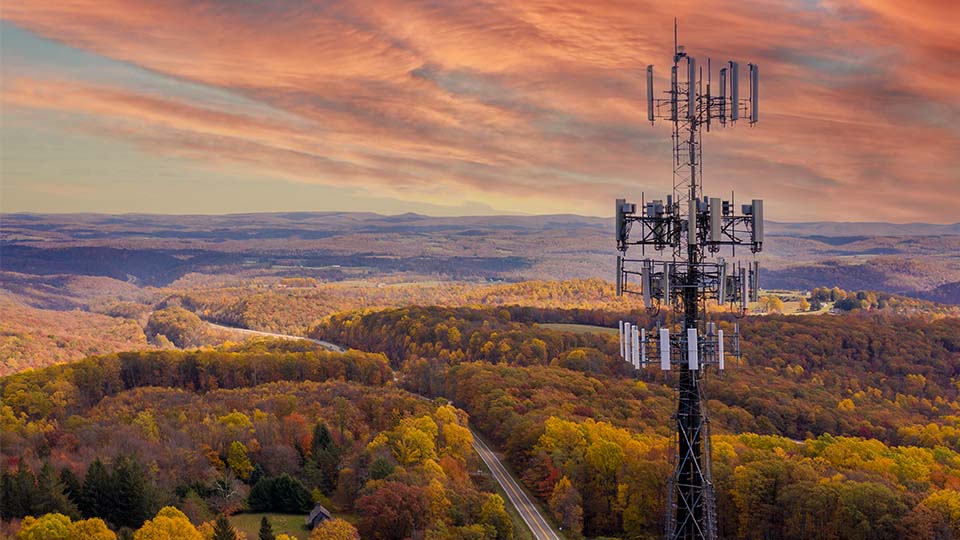
Odds are, if you are reading this article in the United States, you probably have some pretty negative feelings toward your internet service provider (ISP).
In fact, according to a 2021 Consumer Reports poll, 43% of Americans are dissatisfied with the value they get for their broadband internet service. Setting aside the bait-and-switch pricing models and customer service issues that plague the telecom industry, there is one major issue that is slowing America down: our internet speed.
For many readers outside of the United States, this might be surprising to hear. After all, the U.S. is a powerhouse digital economy, so one would think that our network speeds would be up to snuff. But, America only ranks 8th when it comes to median fixed broadband download speeds around the world, and barely scrapes the top 20 when it comes to mobile download speeds (according to March 2023 data from the Speedtest Global Index).
Considering the immense economic impact our networking infrastructure has, why does the U.S. have so much trouble keeping up?

Challenges With Size And Scope
On average, some of the fastest internet speeds in the world are enjoyed by residents of Singapore, South Korea, Hong Kong, and Monaco—though this list fluctuates, not unlike a weak internet connection in America.
In fact, an estimated 87% of South Korean households had high-speed fiber in 2022, while just 20% of American households made the jump. Granted, the U.S. is almost 100X larger than South Korea in land area, which could explain why the U.S. is taking that much longer to roll out network upgrades nationwide.
As an ecologically diverse nation with 332 million people spread across 3.8 million square miles, it’s easy to imagine how complex and expensive a nationwide rollout of fiber networking might be. This is why improvements are prioritized in economic centers of major cities, then rolled out over time to more rural areas.
And when considering the rapid pace at which technology progresses, you can expect even better networking technology to arrive in those commercial hubs before each American household and business has received the last upgrade. This is why we see high-speed fiber in city centers and suburbs, while quaint country houses are still stuck using mobile hotspots and satellite connections (or, dare we say… dial up).

The Few Serving The Many
No matter where you live in the U.S., you’ve probably weighed your internet options with one of these four major providers: AT&T, Verizon, Comcast (Xfinity), or Charter (Spectrum).
Even in the most densely populated U.S. cities, consumers can expect to choose their ISP from just two or three companies that service their area. Meanwhile, households in rural America consider themselves lucky if they have just one or two options. In many areas of the country, business can only be conducted over mobile and satellite connections, again serviced by a shockingly small number of providers.
Without healthier competition in the telecommunications industry, there’s little incentive to innovate on a national, regional, or local scale—and less motivation to bring high-speed fiber to your neighborhood.
Americans’ obsession with cable TV could be part of the problem, too.
Cable companies often bundle internet services with their cable and phone packages, capitalizing on those who refuse to ditch their multi-channel subscriptions and suppressing demand for internet as a standalone service. While many consumers have cut the cord and switched to streaming, many are still holding onto the cable TV tether, prolonging the inevitable shift to fiber optic.

The Digital Divide
For those who are willing to pay the high price for it, network speeds in Los Angeles and New York City already compare to or even exceed those overseas. Yet, there is a massive disparity between the condos and offices that overlook Central Park and the rural homes and businesses in Park Hills, Missouri.
According to the FCC’s Eighth Broadband Progress Report, roughly 19 million Americans are currently without access to fixed broadband service at minimum threshold speeds of 25 Mbps download and 3 Mbps upload. In fact, about a quarter of rural homes and businesses lack high-speed internet access at this level.
The digital divide—where some communities have reliable internet access, and others don’t—may seem inevitable given the sprawling size of the U.S. and how telecom companies roll out new technologies. But its effects extend far beyond buffering YouTube videos and laggy online gaming.
Without fast, affordable, and reliable internet connectivity, it can be impossible to work from home or compete in the job market, since most positions are posted online. Similarly, local business owners can lose significant market share to competitors if they can’t connect to the internet for ecommerce and digital marketing tools.
But that’s not all. Students lose access to valuable educational resources, like online textbooks and peer-reviewed research articles. Even medicine has gone digital. From filling out patient forms online to fully remote telemedicine visits, a lack of internet access is a lack of healthcare access, too.
So, what can we do to speed things up around here?

The Long Road To The Last Mile
With millions of miles of internet infrastructure to build and little hope of speedy progress, it’s easy to feel like network speed nirvana is a far-off goal. Luckily for the average American, recent progress has begun to shake up the regional monopolies and oligopolies in the telecom industry.
For example, starting in 2011, the city of Ammon, Idaho, has slowly rolled out one of the country’s fastest municipal networks to its 19,000 residents. Offering broadband connections for a fraction of the price, Ammon has begun treating fiber networking as a public utility. Municipal networks have begun outpacing private companies in many areas across the United States, limited only by construction speeds and legal roadblocks.
Additionally, government programs like the Connect America Fund and the Rural Digital Opportunity Fund aim to improve internet infrastructure and expand broadband access to underserved areas.
While taxpayer-funded options aren’t everyone’s cup of tea, nearly all Americans can get behind increased competition in the telecommunications sector. Still facing an uphill battle, the past several years have seen a number of localized ISPs start fighting for their share of a starving market. Local fiber companies are even more limited in their scope than the industry-leaders, but their higher speeds at competitive prices have given millions of Americans more options than ever before.
Whether the United States begins investing in the internet as a public service, a fresh new crop of telecom companies shakes up the market, or federal regulation draws a line in the sand, many Americans feel the time has come for widespread internet connectivity that competes with international speed leaders.
And until the powers that be offer fast, reliable, affordable internet nationwide, we’ll just keep on cursing them over dropped web calls (hoping that the audio went out with the video). Can you relate? Share your thoughts with us on social media.
X: @snstweets
Facebook: @studionetworksolutions
Instagram: @studio.network.solutions
LinkedIn: @studio-network-solutions
TikTok: @snsonthetok
Truman Wheeler is a writer and independent filmmaker with years of experience managing, producing, and directing films on a limited budget. His projects have screened at dozens of festivals across the United States, earning him awards for both screenwriting and directing. When he’s not working in production, Truman often shares his voice in common industry channels, including CreativeCow.net and a number of contributions to Studio Network Solutions.
